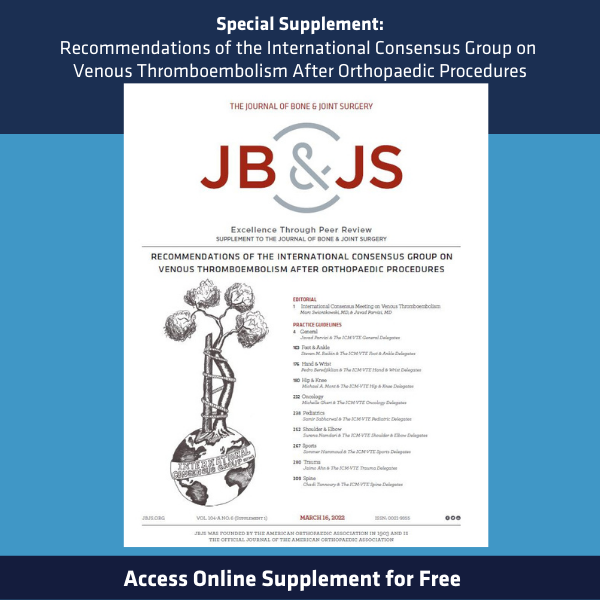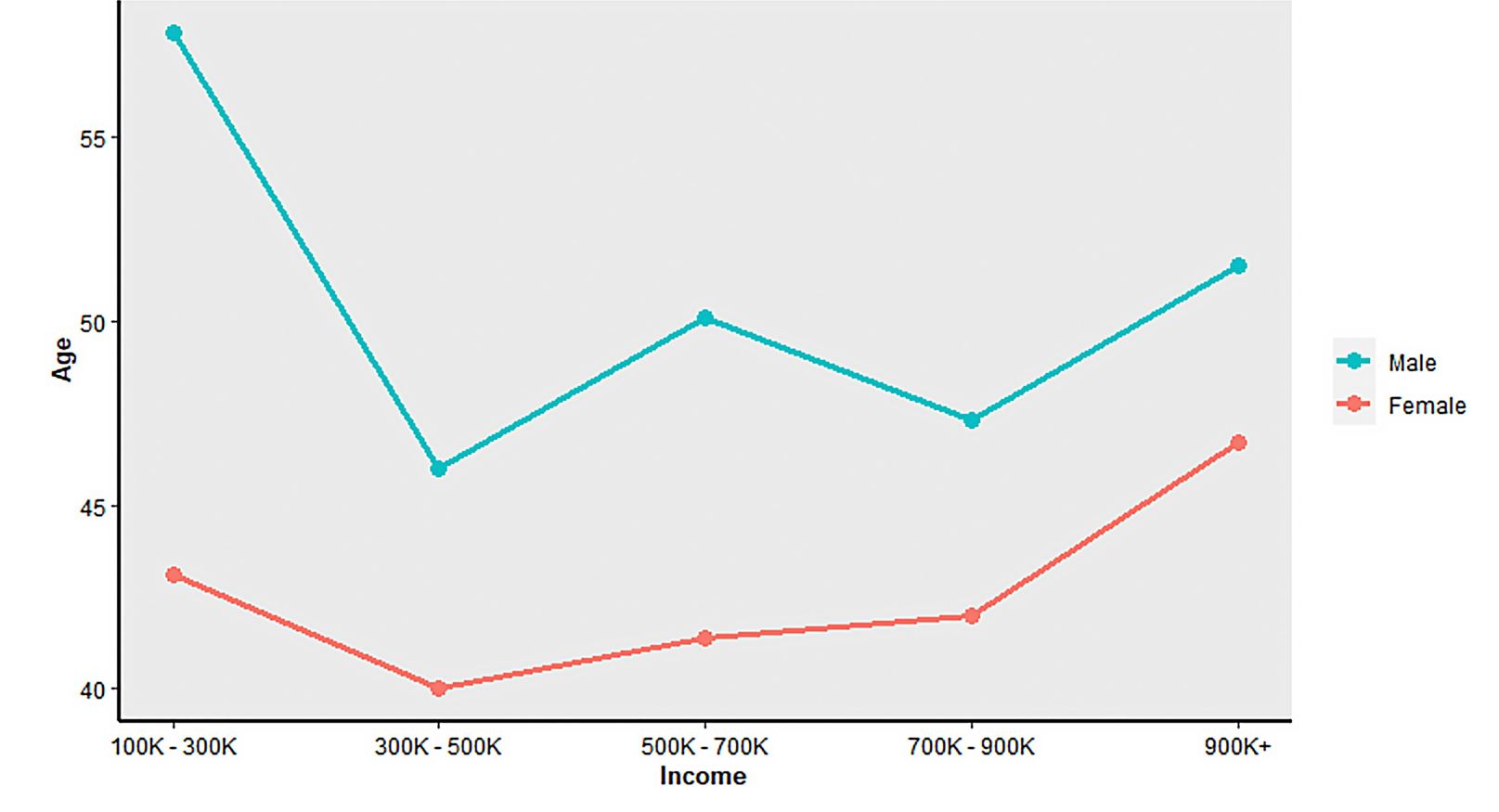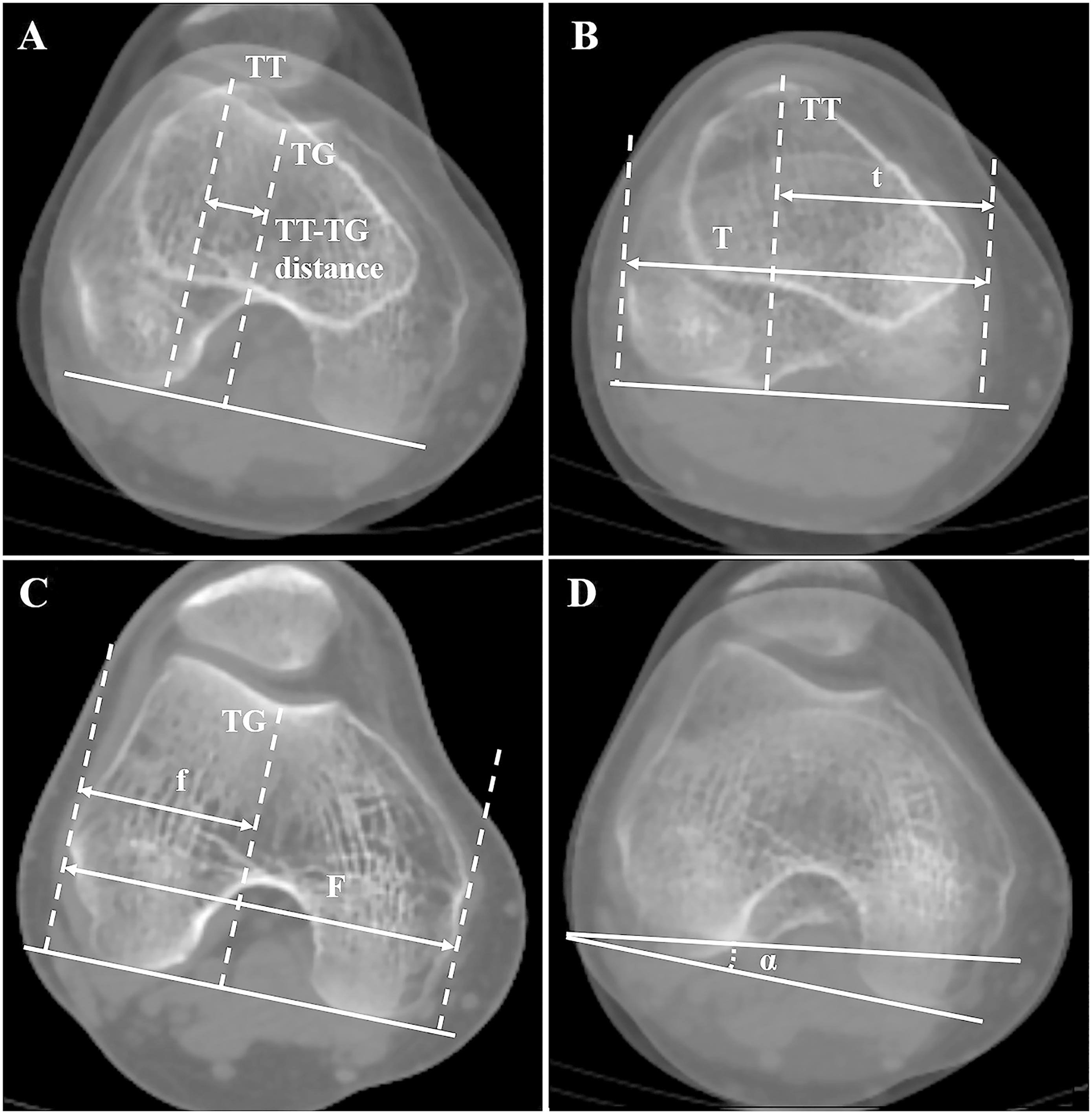Patellar instability continues to be a focus of research, and there are numerous factors that potentially contribute to recurrent episodes of instability and functional loss.

JBJS is pleased once again to highlight our Elite Reviewers. The Elite Reviewers Program recognizes our best reviewers for their outstanding efforts. All JBJS reviewers

JBJS is pleased to announce that the “Recommendations of the International Consensus Group on Venous Thromboembolism After Orthopaedic Procedures” is now available as an online

JBJS is pleased once again to highlight our Elite Reviewers. The Elite Reviewers Program recognizes our best reviewers for their outstanding efforts. All JBJS reviewers

For some time, our specialty of orthopaedic surgery has been aware of the lack of gender balance in the field. We were slow to react,

